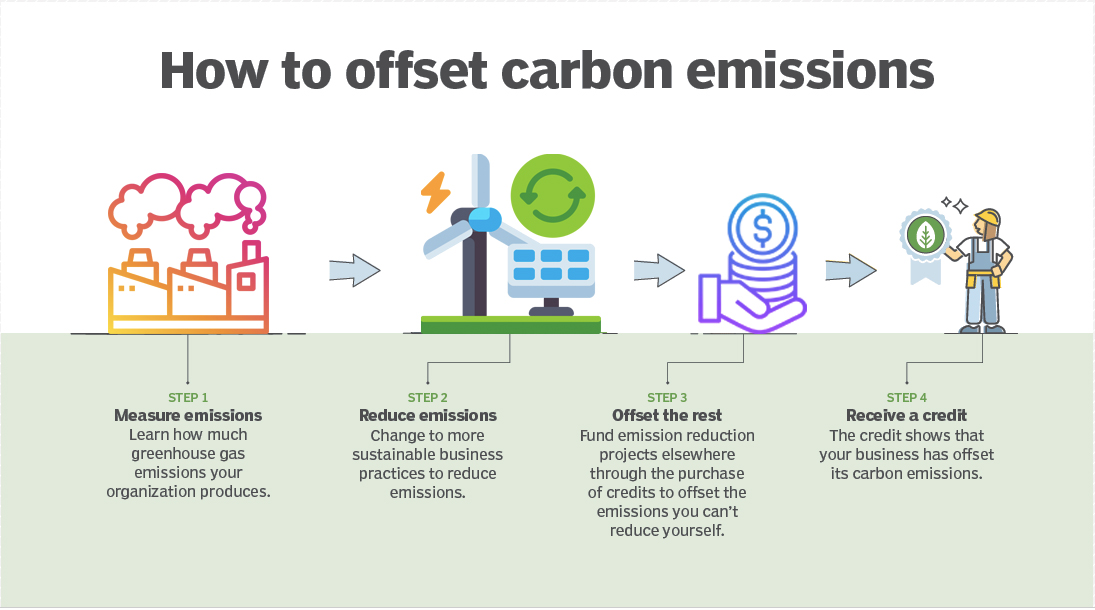
Compensation for using Brown Energy

means completely eliminating carbon emissions from our operations.

Any human activity invariably contributes to the emission of carbon dioxide and greenhouse gases, thereby playing a role in climate change. To counteract the upward trajectory of CO2 emissions and address global warming, it is crucial to consistently strive for the reduction or elimination of the carbon emissions we generate. Unfortunately, achieving complete elimination is not always feasible.
Nevertheless, both private and public institutions have the opportunity to diminish their environmental impact, including that of their products and services. This can be accomplished by attaining Carbon Neutrality, offsetting unavoidable CO2 emissions with high-quality carbon credits sourced from emission reduction and renewable energy projects. This proactive strategy not only helps in mitigating climate change but also promotes green and sustainable development.
By taking this initiative, organizations can distinguish themselves from competitors, bolstering their reputation as leaders dedicated to environmental responsibility. This not only demonstrates a commitment to mitigating climate change but also positions them at the forefront of a sustainable and environmentally friendly business landscape.
A carbon offset is a credit that can be purchased by individuals or organizations to offset their carbon footprint. Carbon neutrality is achieved when the number of carbon offset credits acquired matches the carbon footprint of the entity, indicating a balance between emissions and offsetting efforts. The funds generated from these credit purchases are commonly, though not universally, directed towards environmentally beneficial projects, such as investments in green computing technologies.
In a broader sense, carbon offsetting entails the reduction of greenhouse gas (GHG) emissions to compensate for emissions occurring elsewhere. Carbon offset credits serve as proof that an individual or organization has taken measures to reduce its emissions. The term "carbon offset" is used to encompass both the credit itself and the practice of carbon offsetting.
To be specific, a carbon offset credit represents a reduction of 1 metric ton of carbon dioxide emissions. The primary aim of carbon offsetting is to counteract or alleviate a portion or the entirety of a carbon footprint.


Knowing your own Carbon Footprint helps companies gather information which will provide valuable insight into their greenhouse gas emissions and climate change strategy.
By evaluating it, companies can:

